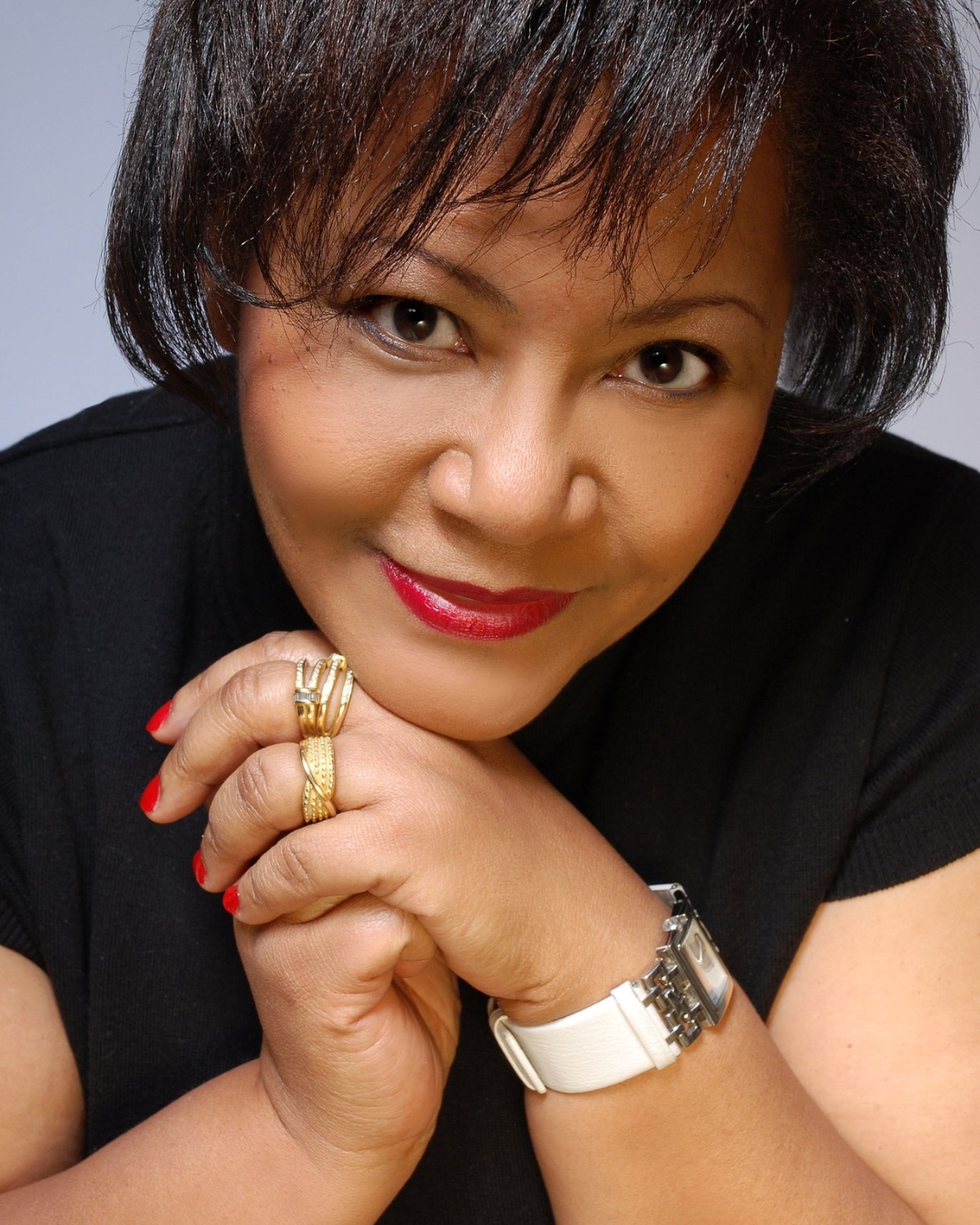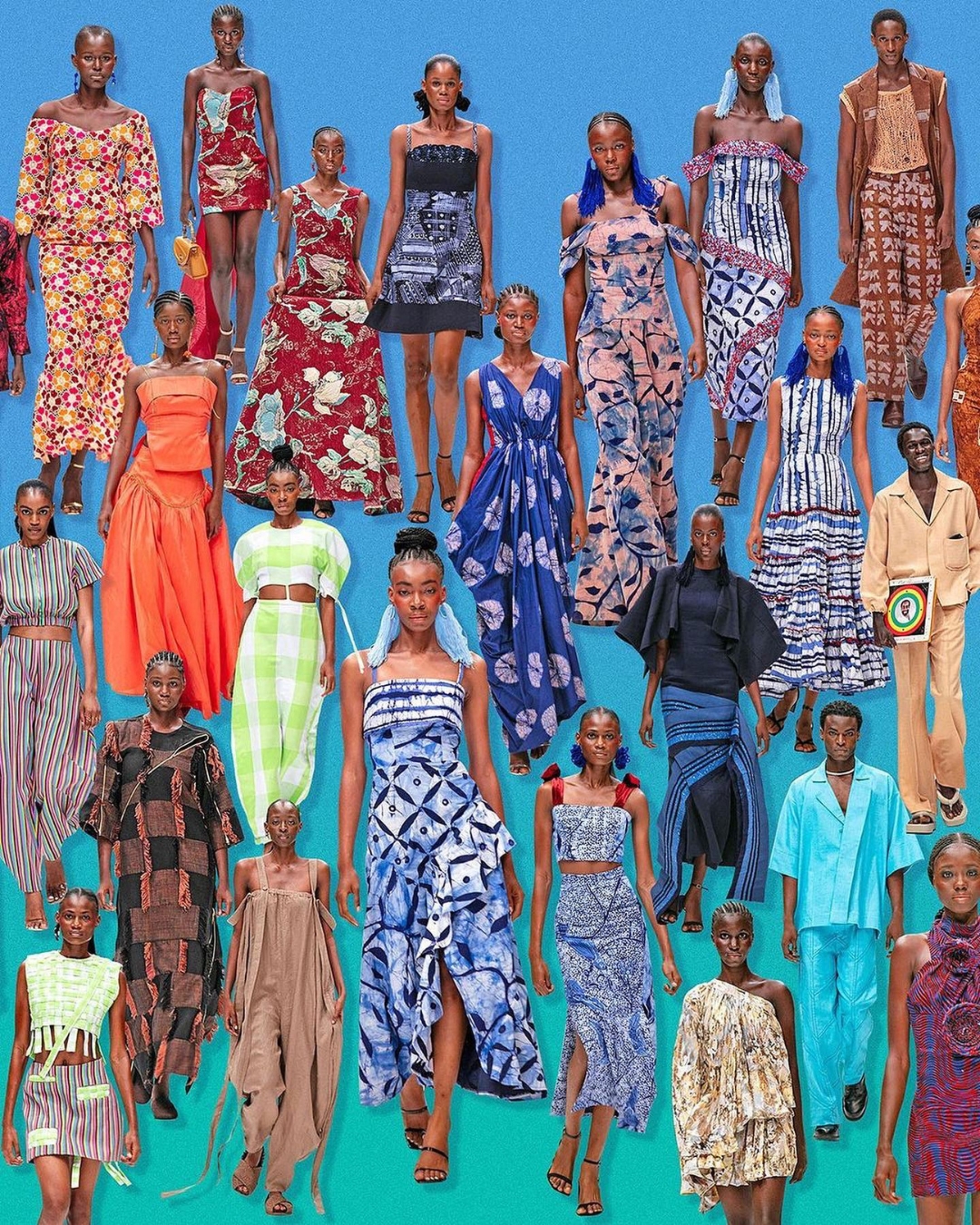The Impact of Brune Magazine on the Representation of Afrodescendant Women
For decades, mainstream media have often ignored or misrepresented Afrodescendant women. This has contributed to the perpetuation of damaging stereotypes and clichés. However, one prominent figure has challenged this established norm and set out to revolutionize the media landscape: Marie Jeanne Serbin Thomas, founder of Brune magazine. Launched in 1991, Brune’s mission was to make Afrodescendant women visible and counter the negative stereotypes surrounding them. In this article, we explore Brune’s impact on the representation of Afrodescendant women and the lasting legacy of its visionary, Marie Jeanne Serbin Thomas.
Vision and Commitment of Marie Jeanne Serbin Thomas
Marie Jeanne Serbin Thomas launched Brune magazine in 1991 with a clear vision: to make visible what was often invisible in the media – Afrodescendant women. As editor-in-chief of predominantly Caucasian or male-owned magazines, she had witnessed the under-representation and stigmatization of black women in mainstream media. Her goal was to show the diversity and plurality of Afrodescendant women in various professional fields, from researchers to entrepreneurs. She created Brune to shine a light on these fascinating and inspiring women who weren’t getting the visibility they deserved.
Face aux Clichés: La Révolte de Brune Magazine
Faced with the persistent stigmatization of black women in the European media, Marie Jeanne Serbin Thomas felt a sense of revolt. Profiles of Afro-descendant women were often reduced to negative, stereotyped clichés. She realized that black women were rarely portrayed in a positive and comprehensive way in the European media. And, she decided to change that. As an editor, she refused to conform to these norms. She chose to create positive icons that reflected the diversity and reality of Afrodescendant women.
Creating Positive Icons: Brune Magazine’s Mission
The ambition of this targeted magazine is to create positive icons for Afrodescendant women. Marie Jeanne has refused to limit herself to the usual clichés and stereotypes. Instead, she highlighted brilliant and inspiring women in various professional fields. She stressed the importance of having role models with whom women can identify and who can inspire them to achieve their goals despite the obstacles.
For her, Brune was more than a magazine, it was a tool for social and cultural change that aimed to transform perceptions and attitudes towards Afrodescendant women.
Brune Magazine’s Social Impact: Testimonials and Realities
Brune’s impact on the Afrodescendant community has been significant. Many women have testified to the importance of the magazine in their lives, saying it has given them a voice and visibility they didn’t have before. For Marie Jeanne Serbin Thomas, these testimonials are both gratifying and indicative of the work still to be done. Despite the progress made over the years, she acknowledges that the fight for fair and positive representation of Afrodescendant women in the media is far from over. The positive impact of diversity, inclusion and representation in society and business is undeniable.
When individuals from diverse backgrounds are represented fairly and inclusively, it fosters an environment where everyone feels valued and respected. Diversity brings a wealth of perspectives, experiences and skills that stimulate innovation, foster creativity and improve overall business performance. What’s more, authentic, diverse representation in the media and business helps to combat prejudice, stereotypes and discrimination, creating a fairer, more inclusive society for all. This commitment is reflected in the career of Rabi Taabara Yansané, co-director of the documentary African Styles.

The media’s duty
The media’s commitment to promoting diversity is crucial to encouraging virtuous behavior and combating discrimination. As vectors of information and representation, the media play an essential role in shaping perceptions and attitudes within society. The media can help raise public awareness of the richness of human diversity and promote inclusion by highlighting a diversity of voices, experiences and perspectives. By presenting authentic and balanced stories, the media can also help to deconstruct stereotypes and combat discrimination against marginalized groups. By acting as diversity reporters, the media can therefore play a crucial role in creating a more equitable and inclusive society.
In conclusion, Brune magazine and its editor-in-chief, Marie Jeanne Serbin Thomas, have played a key role in transforming the European media landscape with regard to the representation of Afrodescendant women. Their commitment to the visibility, empowerment and celebration of black women has paved the way for greater diversity and more equitable representation in the media. While progress has been made, much remains to be done to ensure fair and positive representation for all women, and Brune’s legacy continues to inspire those fighting for social and cultural change.



